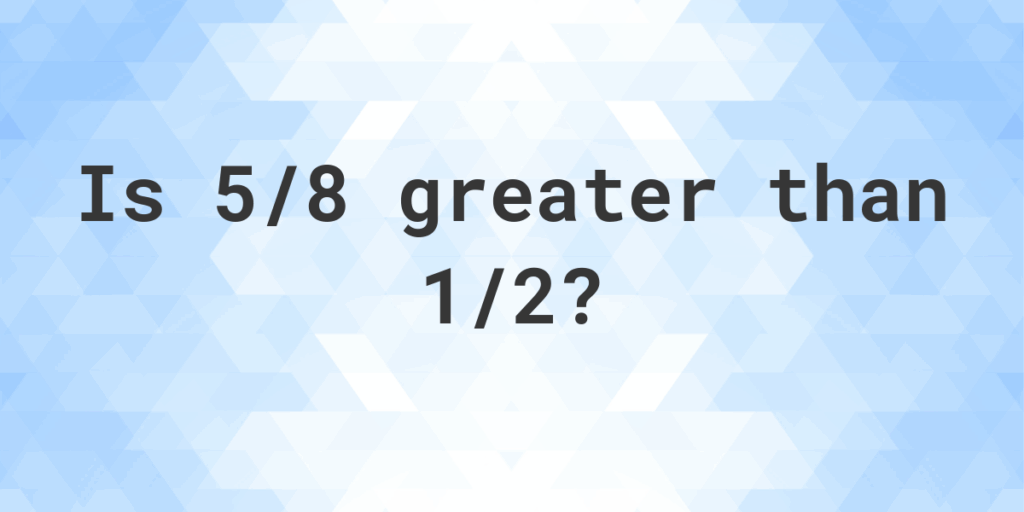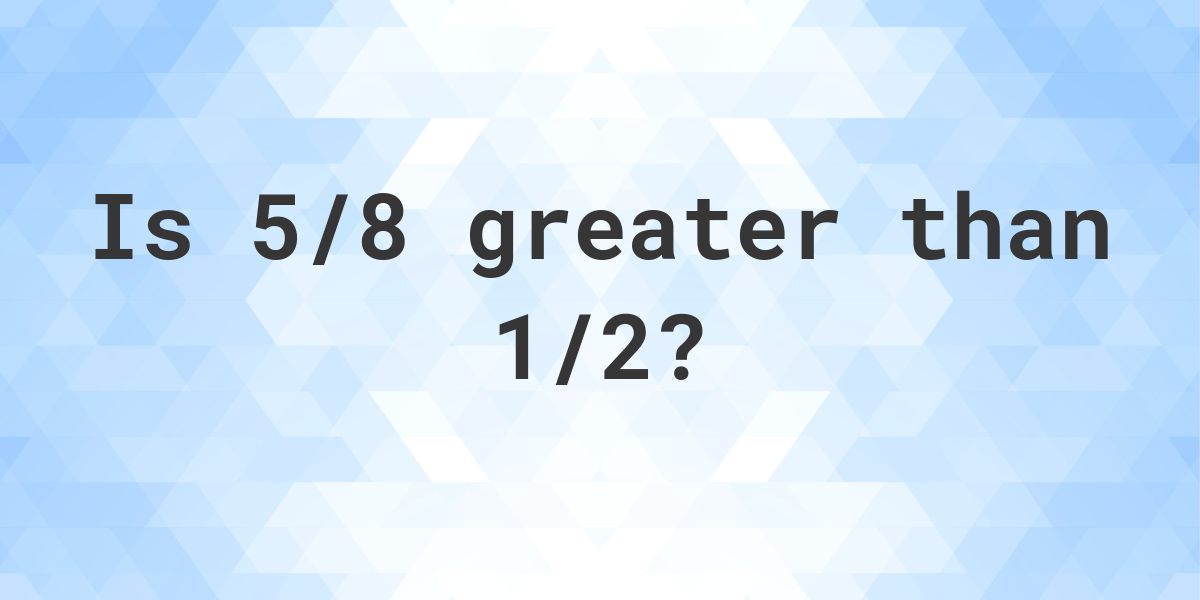
Is -0.33 Bigger Than -0.5? Understanding Negative Number Comparisons
The question “is -0.33 bigger than -0.5?” often trips people up. While it might seem counterintuitive at first glance, the answer is a resounding yes. Understanding how negative numbers work on the number line is crucial to grasping this concept. This article will delve into the nuances of comparing negative numbers, providing clear explanations, real-world examples, and addressing common misconceptions. We’ll explore the number line, absolute values, and practical applications to solidify your understanding. Whether you’re a student, a professional, or simply curious, this guide will provide a comprehensive overview of comparing negative numbers like -0.33 and -0.5.
The Number Line and Negative Numbers
The number line is a fundamental tool for visualizing numbers and their relationships. It extends infinitely in both positive and negative directions, with zero at the center. Positive numbers are located to the right of zero, and negative numbers are located to the left. The further a number is to the right, the greater its value. Conversely, the further a number is to the left, the smaller its value.
When comparing negative numbers, it’s essential to remember that numbers closer to zero are larger than numbers farther from zero. For instance, -1 is greater than -2, and -0.1 is greater than -1. This is because -1 is closer to zero on the number line than -2, and -0.1 is closer to zero than -1. Therefore, to determine whether -0.33 is bigger than -0.5, we must consider their positions relative to zero.
Visualizing -0.33 and -0.5 on the Number Line
Imagine a number line. Zero is in the middle. -0.5 is located halfway between 0 and -1. -0.33, or -1/3, is located approximately one-third of the way between 0 and -1. Since -0.33 is closer to zero than -0.5, it is indeed larger. This visual representation helps to clarify why -0.33 is considered bigger than -0.5, even though the absolute value of 0.5 is greater than the absolute value of 0.33.
Absolute Value and Negative Number Comparison
Absolute value is the distance of a number from zero, regardless of its sign. It is denoted by vertical bars around the number, such as |-3| = 3. While absolute value is useful for understanding the magnitude of a number, it can be misleading when comparing negative numbers. For example, |-0.5| = 0.5 and |-0.33| = 0.33. The absolute value of -0.5 is greater than the absolute value of -0.33, but this doesn’t mean that -0.5 is a larger number. In fact, it’s smaller.
The key to comparing negative numbers lies in their position relative to zero on the number line, not their absolute values. A smaller absolute value for a negative number indicates that it is closer to zero and therefore larger than a negative number with a larger absolute value. So, focusing solely on absolute values can lead to incorrect comparisons when dealing with negative numbers. Remember, -0.33 is closer to 0 than -0.5, making it the larger number.
The Importance of Context
The context in which negative numbers are used can also influence how we interpret their values. In scenarios involving debt or temperature, the implications of negative numbers become more apparent. For example, owing $0.33 is better than owing $0.50. Similarly, a temperature of -0.33 degrees Celsius is warmer than a temperature of -0.5 degrees Celsius. Understanding the context helps to reinforce the concept that -0.33 is indeed bigger than -0.5.
Real-World Examples and Applications
Let’s consider a few real-world examples to illustrate the comparison of negative numbers:
- Temperature: A temperature of -0.33°C is warmer than a temperature of -0.5°C.
- Debt: Having a debt of $0.33 is better than having a debt of $0.5.
- Elevation: An elevation of -0.33 meters (below sea level) is higher than an elevation of -0.5 meters (below sea level).
These examples highlight how negative numbers affect our daily lives and emphasize the importance of understanding their relative values. In each case, the number closer to zero (-0.33) represents a more favorable situation than the number farther from zero (-0.5).
Financial Applications
In finance, negative numbers often represent losses or debts. Imagine you have two investment options, one with a return of -0.33% and another with a return of -0.5%. The investment with a return of -0.33% is the better choice because it represents a smaller loss than the investment with a return of -0.5%. Understanding this distinction is crucial for making informed financial decisions.
Common Misconceptions and How to Avoid Them
One common misconception is that a larger absolute value always means a larger number. This is true for positive numbers but not for negative numbers. To avoid this confusion, always visualize the numbers on the number line or consider the context in which they are being used. Another misconception is thinking that negative numbers are inherently “bad” or “less than nothing.” While negative numbers can represent unfavorable situations, they are simply numbers with values less than zero and can be used to quantify various phenomena.
To avoid these misconceptions, practice comparing negative numbers in different contexts and always remember the number line. Ask yourself, which number is closer to zero? This simple question can help you accurately compare any two negative numbers. For example, when comparing -0.33 and -0.5, remember that -0.33 is closer to zero, making it the larger number.
Tips for Comparing Negative Numbers
- Visualize the number line: Imagine the numbers on a number line to determine which is closer to zero.
- Consider the context: Think about the real-world scenario to understand the implications of the negative numbers.
- Ignore the negative sign temporarily: Compare the absolute values, then remember that the smaller absolute value corresponds to the larger negative number.
- Practice regularly: The more you practice, the more comfortable you will become with comparing negative numbers.
Conclusion: -0.33 is Indeed Bigger Than -0.5
In conclusion, the answer to the question “is -0.33 bigger than -0.5?” is definitively yes. While the concept might seem confusing at first, understanding the number line and the relationship between negative numbers and zero clarifies the matter. Remember that numbers closer to zero are larger than numbers farther from zero. By visualizing the numbers on a number line, considering real-world examples, and avoiding common misconceptions, you can confidently compare negative numbers and apply this knowledge in various situations. [See also: Understanding Number Lines] [See also: Comparing Decimals] [See also: Working with Negative Numbers]
So, the next time you encounter a similar question, remember this article and confidently state that -0.33 is indeed bigger than -0.5. This understanding is a fundamental building block for more advanced mathematical concepts and practical applications in everyday life.

